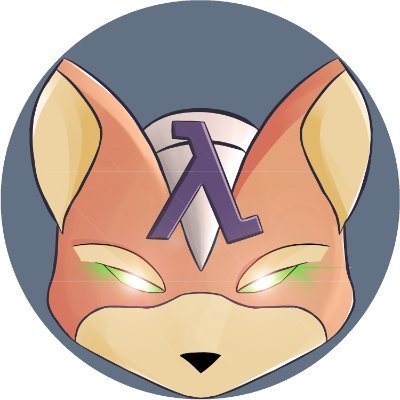the return.
✕Today at work I was able to finally get a chance to write down tests for DSDS
first order logic expression generation. I was also able to find out that
obligation expressions can be generalized to support the return of constant
values (something I apparently didn’t add already lol).
My musical taste today was:
Seems like an average day.
I was also able to share my method of setting up this blog to some of my co-workers. I wrote up a simple how-to (included below), that I hope is easy enough to follow.
Setting up your own blog with Jekyll
Hello Jekyll.
Since you’re here, maybe you’d like to see what it’s like to edit a blog using markdown? Why? Because that’s what you’re looking at!
By now you should have figured out this is not your
your typical blog post,
for that you must look
elsewhere.
No, this is a teaching blog post all about jekyll.
(you can also just go to my GitHub IO repo in case you already know what you’re doing)
You will need brew. It shouldn’t take long to install.
Once you get passed that, you will need to install the most recent version of
ruby (the macOS default doesn’t play well with the newer ruby gems).
$ brew install ruby
Once ruby is installed, you’ll get some Caveats, which tell you to:
$ echo 'export PATH="/usr/local/opt/ruby/bin:$PATH"' >> ~/.bash_profile
This will add the ruby you just installed over the default macOS install.
You will also need to:
$ echo 'export PATH="${PATH}:$HOME/.gem/ruby/2.6.0/bin"' >> ~/.bash_profile
This will add all ruby Gems to your path. In this case, you will need
only 2 4 gems:
bundlerjekylljekyll-sitemapjekyll-feed
Gems 3-4 are optional according to official jekyll docs. If you, however,
copied this blog, then they are required. If you copied this format, use
jekyll build to build your site. If you want to make your own from scratch,
follow the instructions on the jekyll home site.
Finally, once everything is happy, you can then use jekyll serve to see
a preview of your edits over localhost.
